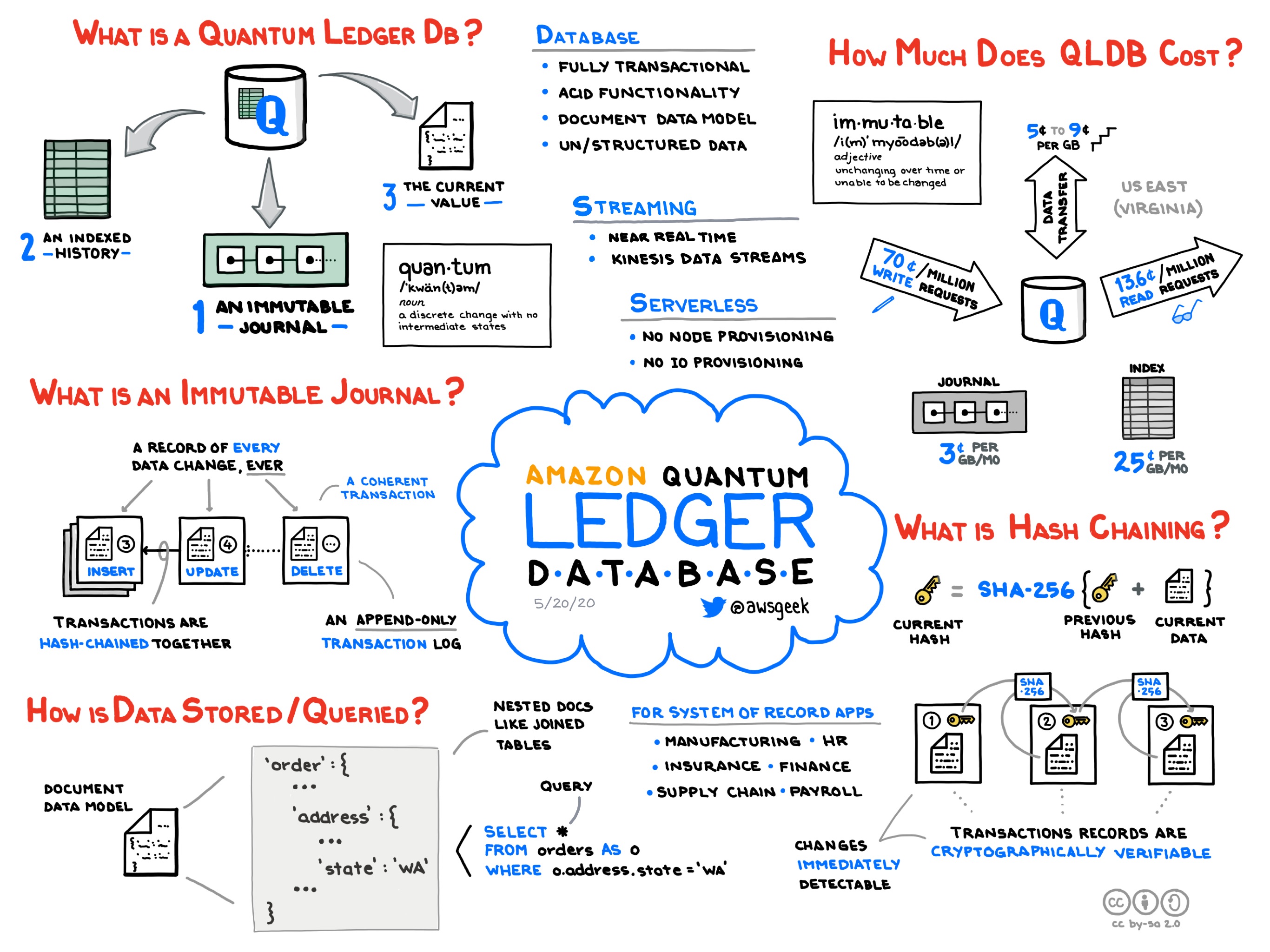
Amazon Quantum Ledger Database (QLDB) is a fully managed ledger database service offered by AWS that provides a transparent, immutable, and cryptographically verifiable transaction log owned by a central trusted authority. It is designed to track each and every application data change and maintain a complete and verifiable history of changes over time. QLDB ensures data integrity and is well-suited for systems requiring an accurate and indefinite data history.
Use Cases
Amazon QLDB is ideal for applications where it's crucial to maintain an auditable history of data changes. Common use cases include supply chain tracking, vehicle history registration, finance and banking transactions, health care records, manufacturing quality control, and any application involving registration systems. In supply chains, for instance, QLDB provides clear lineage of the lifecycle of a product by recording each transaction associated with the item. For financial services, it serves to ensure traceability and accountability in financial transactions by offering an immutable record of change.
Pricing
Amazon QLDB's pricing model is based on multiple dimensions that include data writes, data reads, storage, and journal storage. While data reads and writes are billed per request, the journal storage, which records the history of the database, is charged based on the amount of data stored per hour. The archival storage for data that is no longer needed on the main database can be transitioned to lower-cost options. Pricing is adjustable and scalable, allowing organizations to pay for what they consume without the need for upfront commitments.
Scalability
Amazon QLDB is designed to seamlessly scale based on application needs. As a serverless database, QLDB automatically scales up and down by handling any workload increase or decrease and making sure the database is able to sustain its performance levels. The scaling mechanism employed by QLDB relieves developers and administrators from the need to provision or manage infrastructure capacity manually, effectively reducing operational overhead.
Availability
Amazon QLDB is built on AWS’s highly reliable and available infrastructure. It ensures high availability by maintaining multiple copies of data across different Availability Zones (AZs), thus protecting against AZ outages. The service is integrated with AWS’s global infrastructure, which ensures minimal latency and regional availability with high resilience. With AWS’s commitment to a 99.99% availability SLA for services, QLDB guarantees continual service operation without unexpected downtimes.
Security
QLDB incorporates multiple layers of security features. Data in Amazon QLDB is encrypted both in-transit and at-rest using AWS Key Management Service (KMS), providing an essential layer of encryption across all data transfers and storage. The service integrates seamlessly with AWS Identity and Access Management (IAM) for authentication and access control, ensuring users access only the resources they’ve been granted permissions for. Network security is enhanced using Amazon Virtual Private Cloud (VPC) to keep the database isolated from potential threats.
Competition
In the realm of ledger databases, several cloud competitors provide services that offer features similar to Amazon QLDB, but with varying specificities and use cases. Alibaba Cloud LedgerDB is a blockchain-based ledger service that offers high transparency and security for transactions. It is specifically tailored to handle high-performance and high-throughput requirements, meeting the needs of enterprise clientele. Google Cloud's equivalent service, Blockchain Node Engine, provides a scalable and fully-managed blockchain node service tailored towards developers seeking to implement distributed ledger technologies. Microsoft Azure offers Azure Blockchain Service, which simplifies the formation, management, and governance of consortium blockchain networks and is designed for rapid application development on blockchain networks.
For more information on AWS services mentioned, explore AWS Key Management Service, AWS Identity and Access Management, and Amazon Virtual Private Cloud.
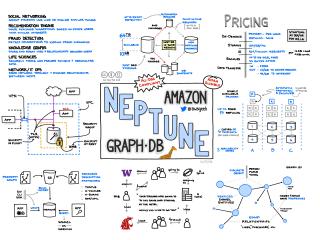 Amazon Neptune
Amazon Neptune
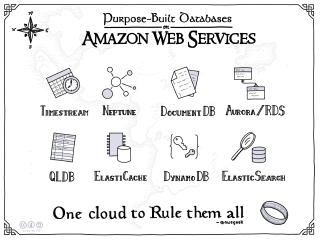 AWS Purpose Built Databases
AWS Purpose Built Databases
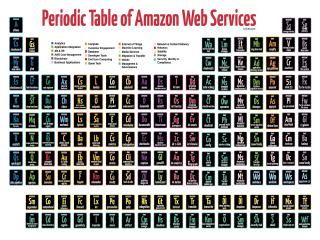 Periodic Table of Amazon Web Services
Periodic Table of Amazon Web Services
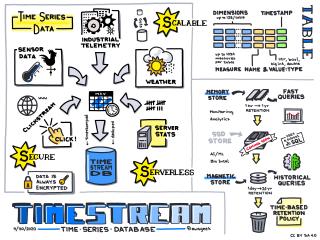 Amazon Timestream
Amazon Timestream